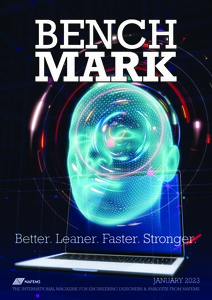
Very recently, NAFEMS’ Benchmark celebrated the first 100 years in the history of CFD. In comparison, the Artificial Intelligence (AI) data-driven technology we will discuss in this article, Deep Learning, is barely ten years old in its practical implementations. CFD is based on physical knowledge of the world and considers experimental testing as its ground truth for validation. Instead, data-driven approaches in AI produce predictive models based not on the study of nature but on input/output relationships.
The data-driven attribute of Deep Learning means we need to feed it with ground truth data from CFD or other CAE simulations. Because of the overarching role played by data, we could state that Deep Learning rests on CAE’s shoulders even more firmly than CAE has ever relied on physical testing.
One sometimes hears of the ‘emptiness’ of a data-driven AI approach to simulation. This critique stems from a misunderstanding of the role of AI, which, unlike high-fidelity CAE, is not trying to reproduce (or replace) a whole human brain and its products. Instead, the aim is to duplicate a restricted set of brain functions to work more efficiently, achieving superhuman performance [1].
Neuroscience, especially the study of neuronal layers in our visual cortex, inspired a search for specific input/output relationships. Thus, a sensory and, per se, unintelligent portion of the brain is the template for what follows.
This article appeared in the January 2023 issue of BENCHMARK



